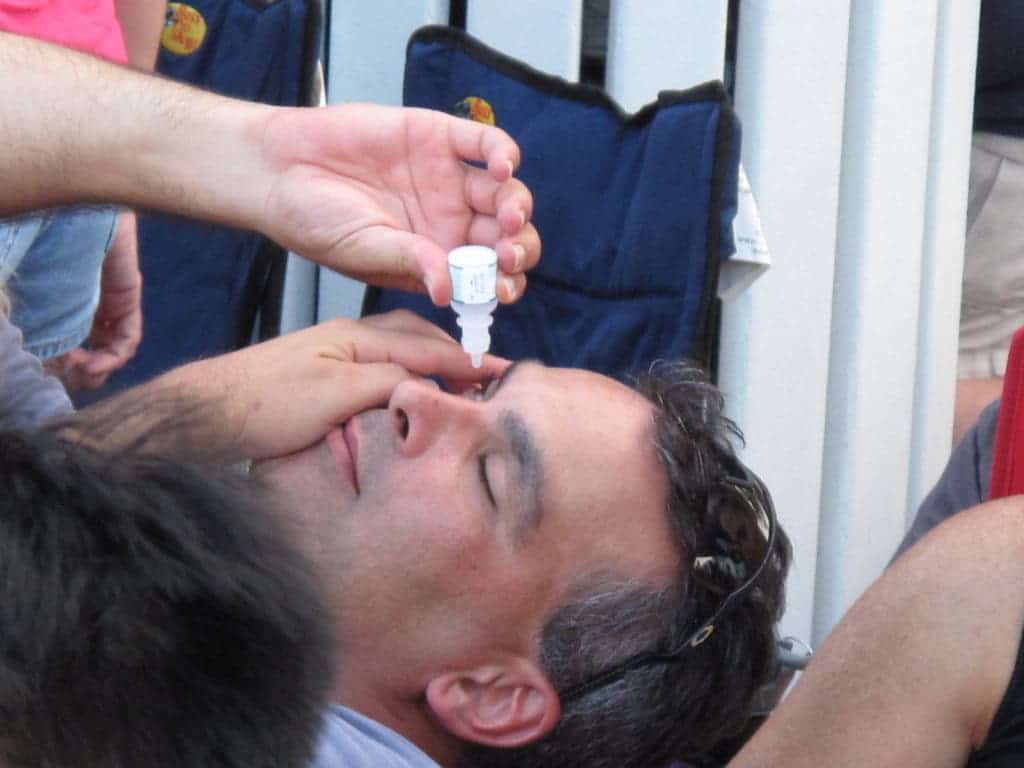Israeli researchers have developed and tested “nanodrops” that, when used in conjunction with laser therapy, improve both short- and long-sightedness. In time, eyesight will return to its previous state but the researchers say the procedure can be repeated every one to two months, meaning your glasses could soon be outdated.
Since the 1960s, focused, carefully controlled lasers have been used to treat eye diseases. Lasers can be used to carefully reshape the cornea of the eye — the transparent front part of the eye that covers the iris, pupil, and anterior chamber — to correct refractive errors that cause conditions like short-sightedness (myopia), long-sightedness (presbyopia), or blurred vision (astigmatism). Such procedures are increasingly common, and although there are some side effects (primarily some discomfort after the procedure and temporary visual changes as the cornea heals), they’re are considered safe.
Unlike conventional laser surgery, which removes a significant portion of the cornea, the technique developed by the Israeli researchers is far less invasive. First, the patient uses an app on his or her smartphone to measure their eye refraction. Then, a laser delicately etches patterns onto the corneal surface based on projections calculated by the app. The laser fires for no more than one second. The last step involves adding eye drops, which contain “special nanoparticles” that change the refraction index inside the shallow ablated patterns generated by the laser on the surface of the cornea.
Essentially, this multi-step process corrects whatever refractive index problems the user might have. The downside is that the cornea will gradually heal, reverting back to its initial configuration. This means that the eyedrops and laser have to be re-applied at regular intervals.
According to Dr. David Smadja, a research associate at the Shaare Zedek Medical Center in Jerusalem and Bar-Ilan University’s Institute of Nanotechnology and Advanced Materials (BINA), the groundbreaking procedure could one day replace multifocal lenses. The team has carried out ex-vivo experiments on pig eyes, which improved both short- and long-sightedness. The findings were reported at Shaare Zedek’s second annual research conference last month.
“Eyes drops filled with synthetic nanoparticules have shown promising potential for a revolutionary alternative non-invasive correction of refractive errors,” the authors reported in their study abstract, which analyzed the refractive errors of 10 pig eyes before and after the introduction of the nanodrops.”
Researchers expect to test the nanodrops on humans in clinical trials next year. The team is in the process of raising funds from Bar-Ilan University to make the nanodrops commercially available.










